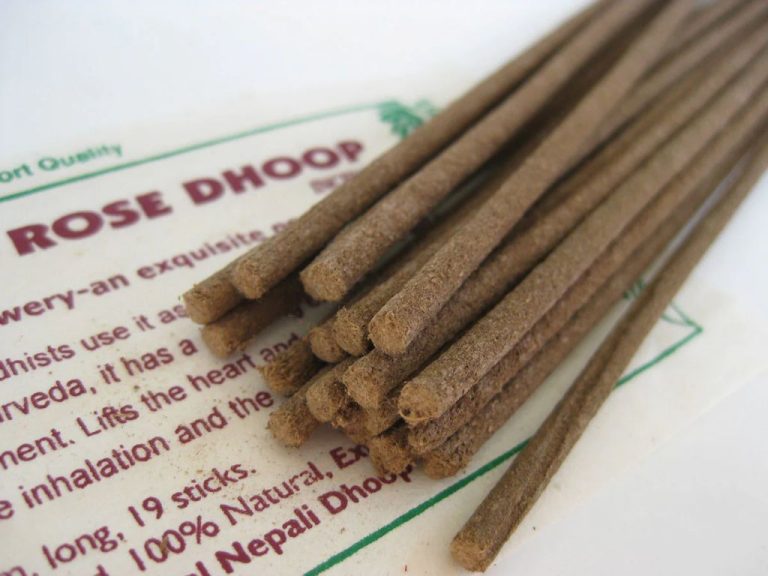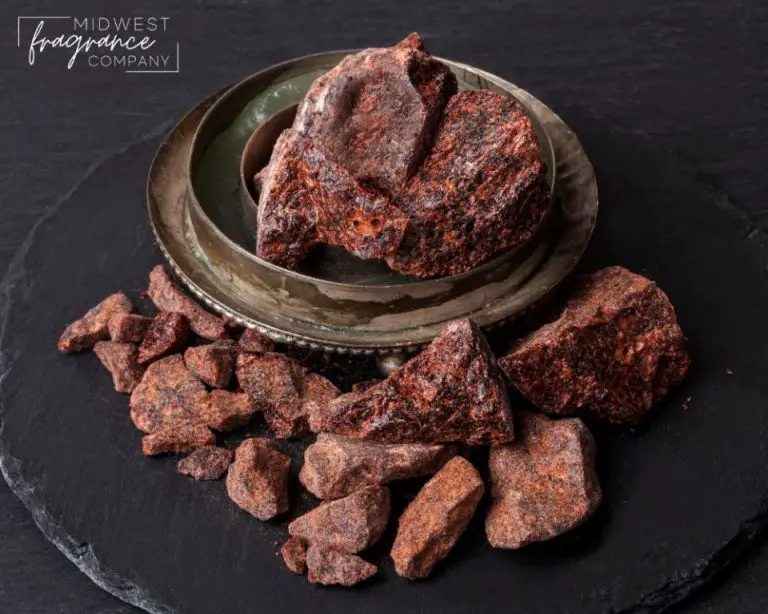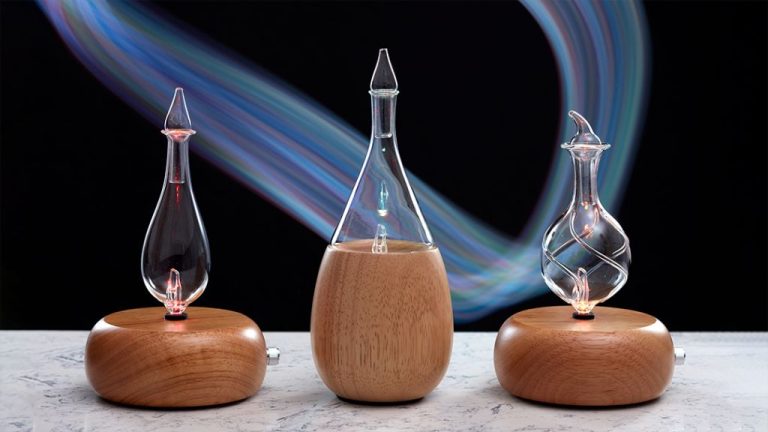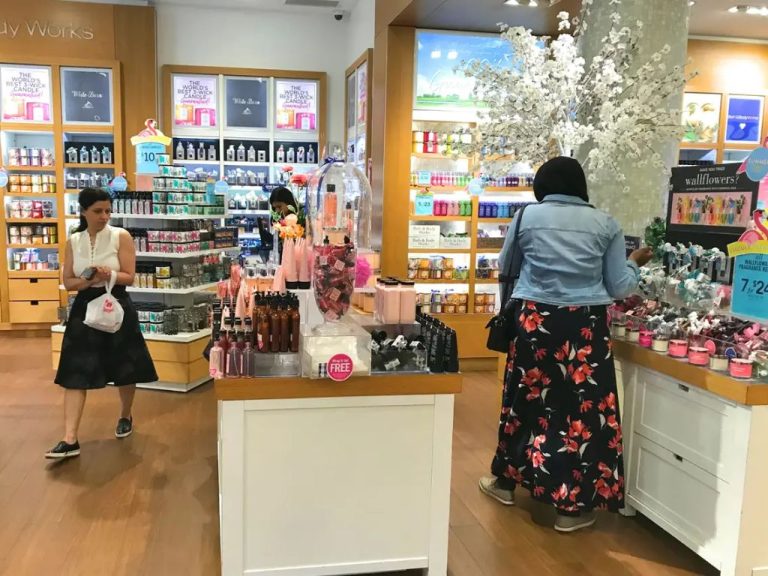How Much Does It Cost To Make Your Own Scent?
Creating a custom scent can be an exciting and rewarding process, allowing you to turn your unique fragrance vision into reality. However, developing a proprietary perfume or cologne requires careful planning and consideration of the key cost factors involved. The total expense depends on the ingredients you select, amount of product you wish to create, packaging and branding decisions, regulatory requirements, and marketing strategy.
When dreaming up a new signature scent, you’ll want to think through your formula, testing and sampling needs, production scale, and target consumer. While homemade fragrance creations can certainly be affordable, those wanting high-quality, long-lasting fragrances with attractive packaging and branding should expect to invest thousands for an initial launch. However, for many perfumers and entrepreneurs, the ability to share their custom scented product vision makes the effort and expense worthwhile.
Ingredients
The main cost drivers when it comes to ingredients are whether you use natural or synthetic ingredients. Natural ingredients like essential oils can range dramatically in price from a few dollars per ounce for more common oils like lavender, up to hundreds of dollars per ounce for rare ingredients like oud oil or rose absolute. Synthetic aroma chemicals on the other hand are much cheaper, often just a few cents per ounce. Therefore a perfume loaded with natural ingredients, especially expensive ones like rose, jasmine, and ambergris, will have a much higher materials cost than one composed mainly of synthetics.
According to one source, natural ingredients usually make up 10-20% of a fine fragrance formula, with the rest being synthetics. This helps balance nice natural notes with cost-effective synthetics.[1]
Quantity
One of the biggest factors that impacts the cost of making your own custom scent is the quantity being produced. Small batch production runs of just a few liters will be significantly more expensive per bottle compared to mass production runs of hundreds or thousands of liters.
For example, according to discussions on fragrance forums like Basenotes.com, the cost per 100ml bottle for a small batch run of just 10 liters could be $20-40 for the juice alone. However, for a mass production run of 1000 liters, the cost per 100ml bottle drops down to just a few dollars.
This difference is due to the high fixed costs involved in perfume production, such as ingredient sourcing, facility fees, and minimum order quantities from suppliers. When producing small batches, those fixed costs are distributed across fewer units, driving up the per unit cost. For mass production, the fixed costs are spread out across many more bottles, bringing down the per unit cost significantly.
So if you’re looking to produce a custom scent in small quantities for personal use or limited distribution, expect to pay a premium versus what mass-market fragrances cost. But if you plan to distribute widely, producing in larger batches can make a custom fragrance more affordable.
Packaging
When making your own perfume or cologne, you have several options for packaging and bottling your scent. The packaging and bottle can have a big impact on the overall image and perception of your fragrance. Here are some of the main options to consider:

Glass bottles – Glass bottles are the most traditional and elegant option for perfumes. Glass helps protect the fragrance from light degradation. You can find generic flacon style perfume bottles, or customize a unique shaped bottle. Glass bottles range from a few dollars for simple versions, up to $10-15 for ornate designer-style bottles.
Plastic bottles – Plastic bottles are cheaper than glass, typically $1-3. However, plastic is not as protective against light damage. Plastic is best for body sprays, rollerballs, and travel sizes. You can find generic plastic perfume bottles in various shapes and sizes.
Aluminum bottles – Aluminum bottles have a modern, sleek look. They are lighter than glass but still offer good protection for the fragrance. Aluminum bottles cost around $3-8 depending on the size and style.
Custom boxes or bags – You can skip the bottle entirely and package your fragrance in a custom paperboard box or organza bag. This allows you to save money on bottling and offer an artisanal touch. Printed boxes cost around $2-3 each.
The packaging and presentation is an important part of a perfume’s image. Evaluate different options to find the right balance of affordability and aesthetic appeal.
Testing and Revisions
Like any creative process, creating a custom scent involves a good deal of testing and revisions to refine the perfume. According to one source, “Creating a fragrance requires a lot of trial and error smelling different ingredient combinations” (https://www.quora.com/How-much-does-it-cost-to-make-a-perfume). The perfumer will initially create sample formulas and have the client smell them to provide feedback. This often takes multiple rounds over the course of days or weeks to tweak the formula based on the client’s input.
Each time changes are made to the formula, new test samples need to be created and evaluated. This iterative process allows the perfumer to hone in on the perfect custom scent for each client, but it adds more time and labor to the creation process. Some perfumers estimate testing and revisions account for 50% or more of the total time spent making a custom fragrance. So this stage can significantly impact the overall cost as well, depending on the complexity of the scent and how many revisions are required.
Labor
Hiring a professional perfumer can be a significant cost when creating your own scent. Perfumers in the United States earn an average salary of $70,745 per year, with salaries ranging from $38,000 to $130,000 per year according to ZipRecruiter (https://www.zippia.com/perfumer-jobs/salary/). This averages out to approximately $34 per hour. Depending on the complexity of your scent and how much time the perfumer needs to spend designing, testing and perfecting the formula, you could easily spend thousands of dollars on labor alone.
To reduce costs, some people attempt to create scents on their own without hiring a professional perfumer. However, developing a well-balanced, premium scent requires extensive training and experience. An amateur is unlikely to achieve the same complexity and quality as a highly skilled perfumer. Overall, professional perfumers are worth the investment to develop a signature, long-lasting scent.
Licensing and Regulations
To sell and distribute your own scents commercially in the United States, you must comply with regulations set by the FDA and EPA. The FDA regulates cosmetics, which include perfumes, under the Federal Food, Drug, and Cosmetic Act (FD&C Act). Any facility that manufactures, packages, or holds cosmetics for distribution in the U.S. must register with the FDA and comply with current Good Manufacturing Practice (cGMP) regulations.
The EPA requires that any fragrance compound used in consumer products be disclosed and screened for potential human health and environmental effects under the Toxic Substances Control Act (TSCA). Manufacturers need to obtain a registration number from the EPA for each fragrance formulation before commercialization. There is a fee associated with TSCA registration.
In addition, selling fragrances may require business licenses, sales permits, and tax registration on the state and local level. Some states have additional regulations regarding fragrance ingredients, labeling, and sales. Thorough research into federal, state, and local requirements is essential before selling your own scents.
For more information, refer to: FDA Cosmetics Regulation
Marketing
Marketing a new fragrance can be very expensive. Major fragrance brands spend millions on celebrity endorsements and print/TV advertising campaigns. According to a 2019 survey by the NPD Group, the average price of women’s fragrances has been rising, largely due to increased marketing costs (https://inf.news/en/fashion/fb7a2d3f8e25c09db5084266f26aaa60.html). For an indie or startup fragrance brand, more affordable marketing options include:
- Social media marketing
- Influencer partnerships
- PR outreach
- Scent sampling
- Events/pop-ups
An effective social media and PR strategy takes consistent time and effort but has relatively low hard costs. Partnering with influencers with an established audience can rapidly increase awareness. Events like pop-ups and sampling allow potential customers to experience the scent in-person. Overall, a new fragrance line can expect to spend at least $10,000-$15,000 on initial marketing efforts, with ongoing costs to retain visibility.
Total Cost Breakdown
The total cost to create your own scent can vary greatly depending on the type of perfume you want to make, the quality of the ingredients, packaging, marketing and other factors. However, most sources estimate the total startup costs to be between $10,000 to $30,000.
The biggest costs when making your own perfume are the fragrance ingredients, packaging like bottles and boxes, and any required licensing or regulatory fees. The cost of the actual perfume formula itself can range from a few hundred dollars for a simple blend to several thousand for a complex luxury scent, according to privelabel.com. Fancy packaging like customized glass bottles can also add significantly to costs.
Other expenses to factor in are testing and revisions, contractor or freelancer fees if you hire perfumers to help formulate, legal and licensing fees, office supplies, marketing and PR to launch the fragrance, and more. Every perfume business is different, but estimate $15,000-$20,000 as a safe ballpark startup budget if you want to do everything properly from start to finish.
Alternatives to Making Your Own Perfume
If making your own perfume from scratch seems too complicated or expensive, there are some alternatives to consider:
Perfume Kits
Perfume kits provide many of the raw ingredients and materials needed to blend your own scent. The kits include essential oils, absolutes, carrier oils, fixatives, bottles, and instructions for mixing and making the perfume. This simplifies the process while still allowing you to customize the fragrance.
Essential Oil Blends
You can create simple blends using pure essential oils, which are already concentrated and ready to wear. For example, mixing sandalwood, bergamot, and vanilla essential oils results in a pleasant scent. While this isn’t a complex perfume, it’s an easy DIY option.
Perfume Making Classes
Look for perfume making classes or workshops in your area. These are led by experts who guide you through selecting ingredients, blending oils, and making your own formula. This hands-on experience allows you to learn about perfume creation without purchasing all the materials.
Though making something from scratch can be rewarding, these alternatives allow you to customize scents with less time, money, and effort.




